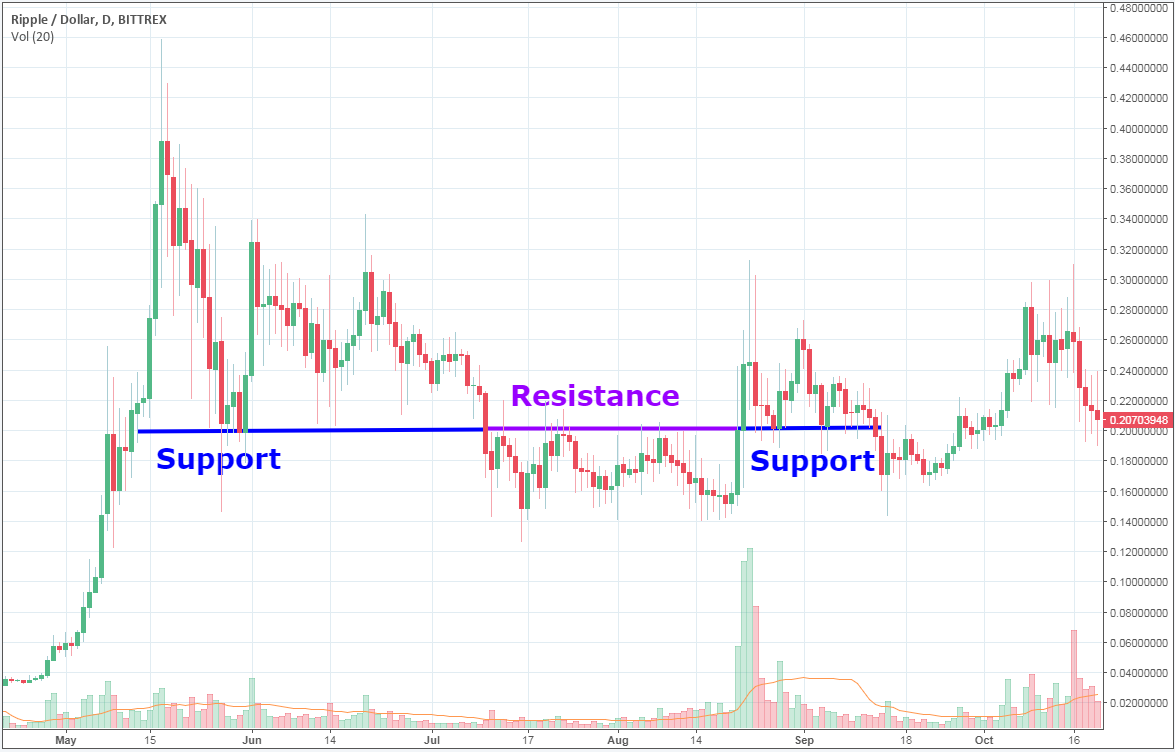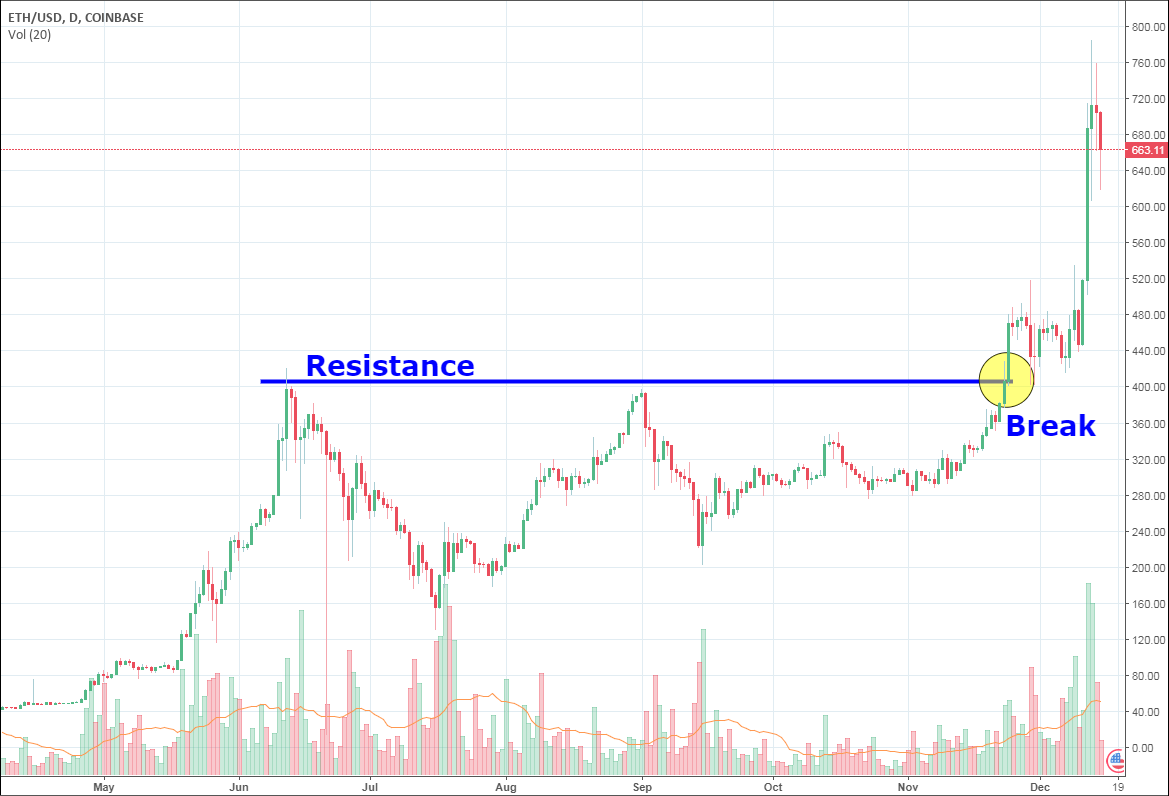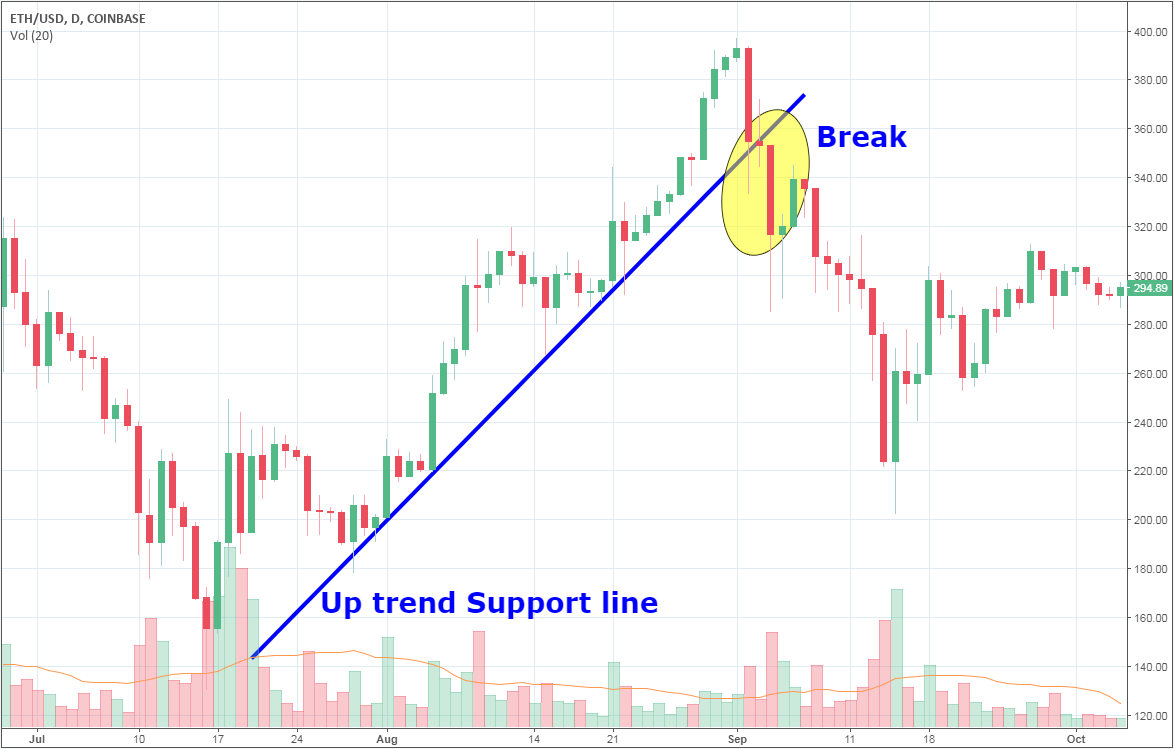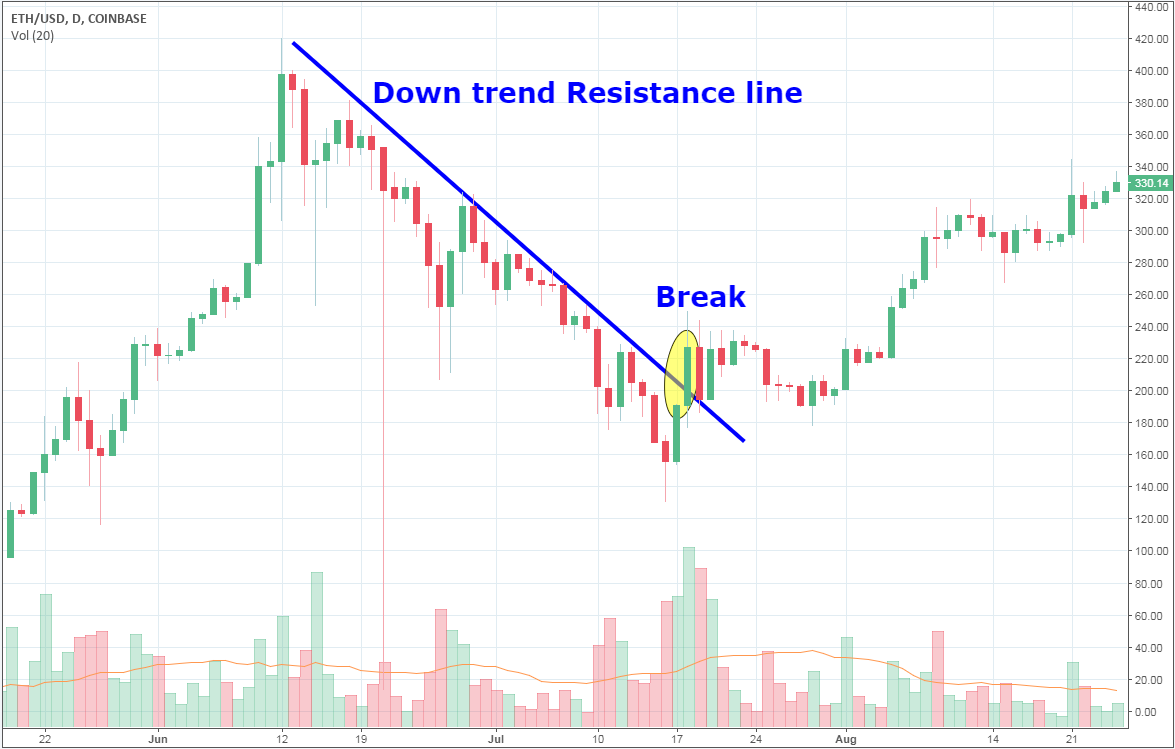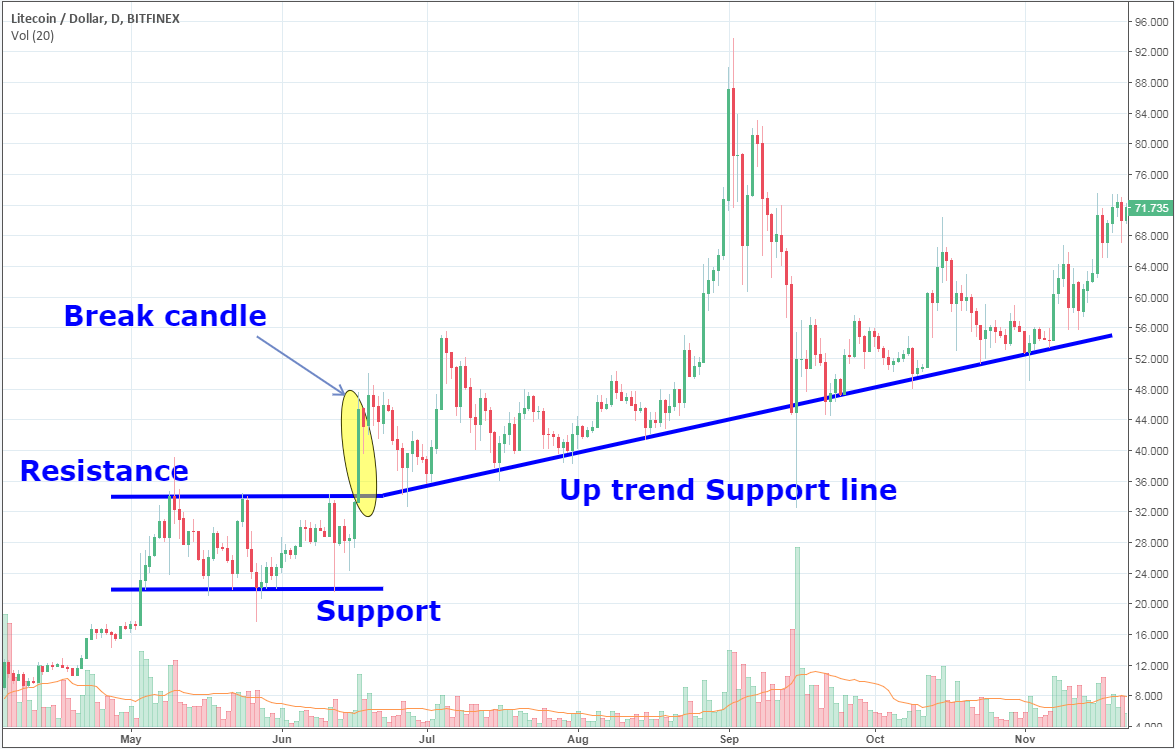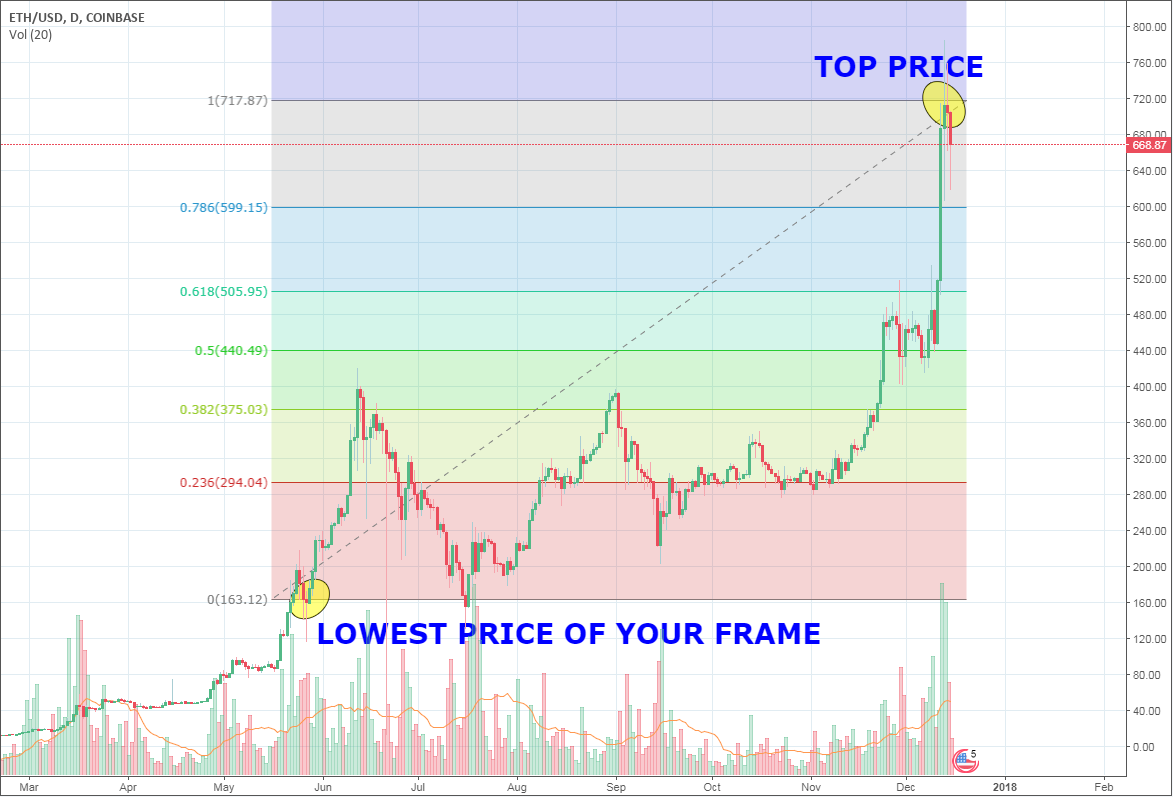Fibonacci retracement
Fibonacci retracement can help you find strong support or resistance levels on the market. Idea of Fibonacci retracement is based on Fibonacci numbers, which are 1,1,2,3,5,8,13,21,34,55,89,144, … The unique characteristic of Fibonacci numbers is that each number is about 1.618 times greater than the previous number.
The concept of Fibonacci numbers was successfully transferred into trading industry thanks to the Golden ratio. Fibonacci retracement or levels are created by taking two extreme points on a chart. Usually, it is a top actual price of your time frame and the lowest price of your time frame on the chart. After apply, you will see Fibonacci retracement on the chart.
As a result of use, Fibonacci retracement can very well determine strong supports and resistances. These levels can be very used in your trading for taking profit and etc…


